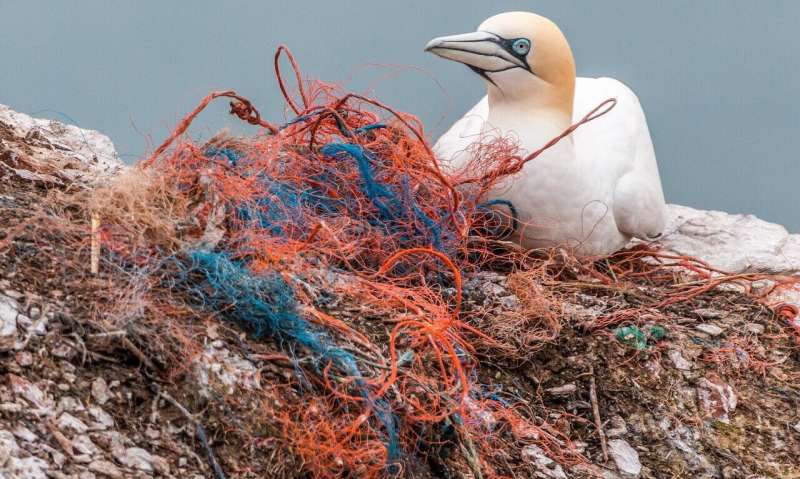Credit: Pixabay/CC0 Public Domain
Microplastic pollution of waterways has become a huge concern, with the tiny pieces of plastic entering food webs and potentially having harmful effects on animals and people. In addition, microplastics can act as breeding grounds for antibiotic-resistant bacteria. Now, researchers reporting in Environmental Science & Technology have analyzed antibiotic-resistance genes (ARGs) on five types of microplastics at different locations along the Beilun River in China, finding much higher abundances in urban than rural regions.
In rivers, major sources of microplastics include textile fibers from laundering, water bottle fragments, and films from bags and wrappers. Also prevalent in rivers are antibiotic-resistant bacteria and ARGs, introduced through wastewater discharge and urban or agricultural runoff.
Microplastics can act as a favorable surface for bacteria to colonize and grow into biofilms, where they can spread ARGs among themselves. Li Cui and colleagues wanted to examine the prevalence and diversity of ARGs on microplastics in the Beilun River, which flows from mountainous rural areas through Chinese and Vietnamese cities before entering the Beibu Gulf.
The researchers immersed samples of five kinds of microplastics in the Beilun River at 14 sites with different urbanization levels. After 30 days, they collected the microplastics and used high-throughput quantitative polymerase chain reaction to analyze almost all types of ARGs and the mobile genetic elements that help spread them among bacteria.
The detected ARGs conferred resistance to almost all major classes of antibiotics used in humans and animals. The abundance of these genes and genetic elements increased by about 1,000 times from rural to urban areas. In addition, the diversity of ARGs increased. Of the five types of plastics, polypropylene had the highest abundance of ARGs and the greatest risk of spreading the genes, possibly because of its larger surface area and ability to release dissolved organic matter. These results indicate that urbanization introduces many new ARGs into rivers from sources such as sewage, the researchers say.
More information: Ruilong Li et al, Impact of Urbanization on Antibiotic Resistome in Different Microplastics: Evidence from a Large-Scale Whole River Analysis, Environmental Science & Technology (2021). DOI: 10.1021/acs.est.1c01395
Journal information: Environmental Science & Technology
Provided by American Chemical Society
























